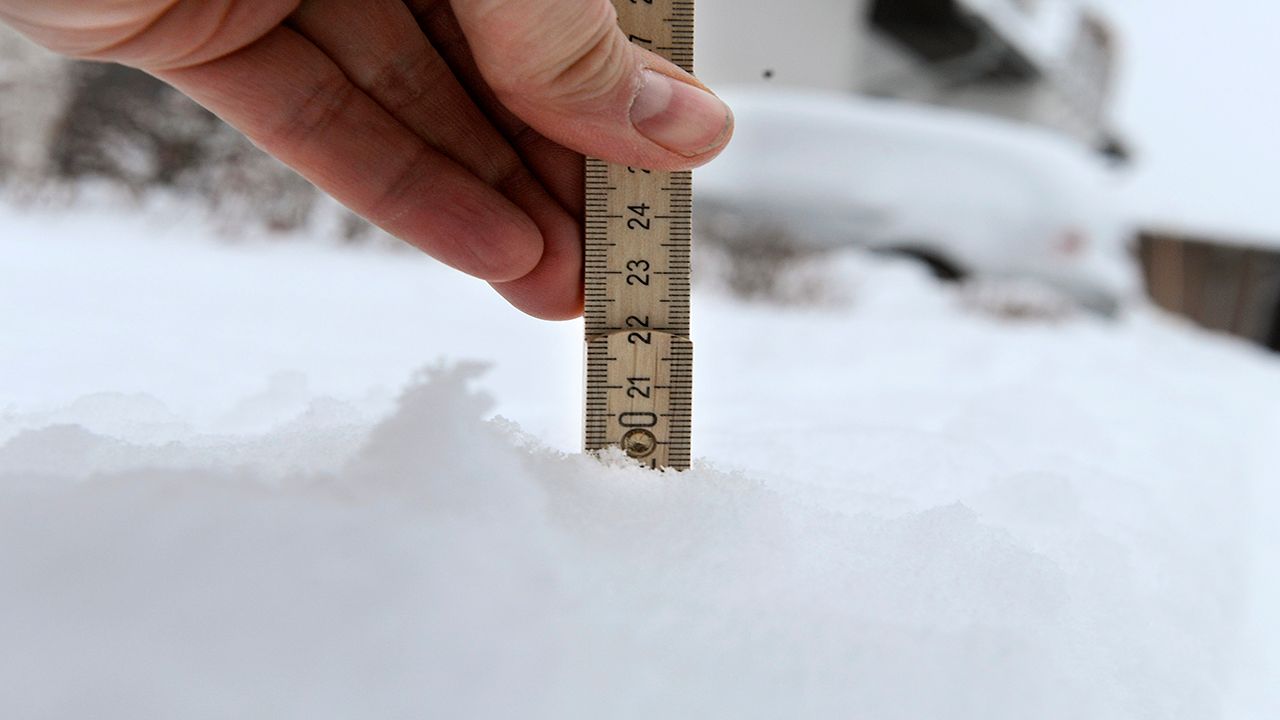Snow can happen anywhere in the U.S., even in the south. But extreme snow that gets measured in feet? Those types of totals aren’t so common.
Alaska is not only home to the lowest temperature ever recorded in the U.S., but also holds the 24-hour snowfall record. On Feb. 9. 1963, a whopping 78 inches of snow fell at Mile 47 Camp in southern Alaska. That probably doesn’t come as a surprise.
The only other states that have surpassed 60 inches of snowfall in a 24-hour span are Colorado, California and Washington. What do all those records have in common? They all occurred in the mountains at higher elevations of at least 7,000 feet.
Elsewhere, the Northeast and the Western U.S. are the only regions that have experienced 40 inches or more of snowfall in 24 hours.
Florida and Hawaii round out the bottom of the list as the only two states that have never seen a foot of snow. Florida just recently broke its snowfall record, more than doubling the previous record with 9.8 inches in Milton.
Hawaii’s 24-hour snowfall record is 6.5 inches in 1936, more than 23 years before it even became a U.S. state.
When you look at every state’s record low temperature, half of them are in January. You might think that January would also hold the most 24-hour snowfall records, but that isn’t the case.
Only six 24-hour snowfall records have happened in January, coming in behind February, December and March.
So, why do more big snows happen when it’s not as cold outside? There are a few reasons, but the main one is moisture.
While January may be the coldest month with more frequent snowfall since temperatures are more likely to be below freezing, colder air can’t hold as much moisture as warm air.
Later in winter and early in spring, temperatures are warmer than in the middle of winter. With warmer temperatures there are fewer snow storms, but when it happens temperatures are likely to be close to freezing, meaning the air can hold more moisture than bitter cold air, producing more snow under the right conditions.
This part is where it gets a little tricky. While a lot of things in the weather world have remained constant for decades, snowfall measurement is not one of them.
Not only have snowfall measuring techniques changed over the years, but we have to rely on people to measure snowfall, not automated devices, which can lead to inconsistencies.
Nowadays, we measure snowfall on snow boards, and we take measurements every six hours. That practice became the standard in the 1950s, but later at some observation sites.
Before that, early observers only took measurements every 12 or 24 hours, sometimes on the ground without a snow board. Another method was measuring the liquid after the snow melted, then applying a 10:1 snowfall ratio, which is no longer done anywhere.
Here is how you can measure snow at home.
Even though some of the older reports may have used different methods, NOAA’s State Climate Extremes Committee (SCEC) has reviewed and accepted all the records.
What are some of the notable records? Alabama, North Carolina and Tennessee’s 24-hour snowfall records were all set during the 1993 “Storm of the Century.”
That powerful cyclone not only led to those snowfall records, but produced extreme cold, high winds, deadly tornadoes and devastating storm surge that brought impacts from Canada to Honduras.
Our team of meteorologists dive deep into the science of weather and break down timely weather data and information. To view more weather and climate stories, check out our weather blogs section.
Reid Lybarger - Digital Weather Producer
Reid Lybarger is a Digital Weather Producer for Spectrum News. He graduated from Florida State University in 2015 with a Bachelor's of Science in Meteorology. He began his career in local TV news working across Mississippi, Louisiana and Florida for 7 years prior to joining Spectrum in 2022. He's excited for the opportunity to continue to inform the public about the latest weather news with Spectrum.




